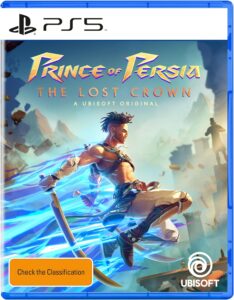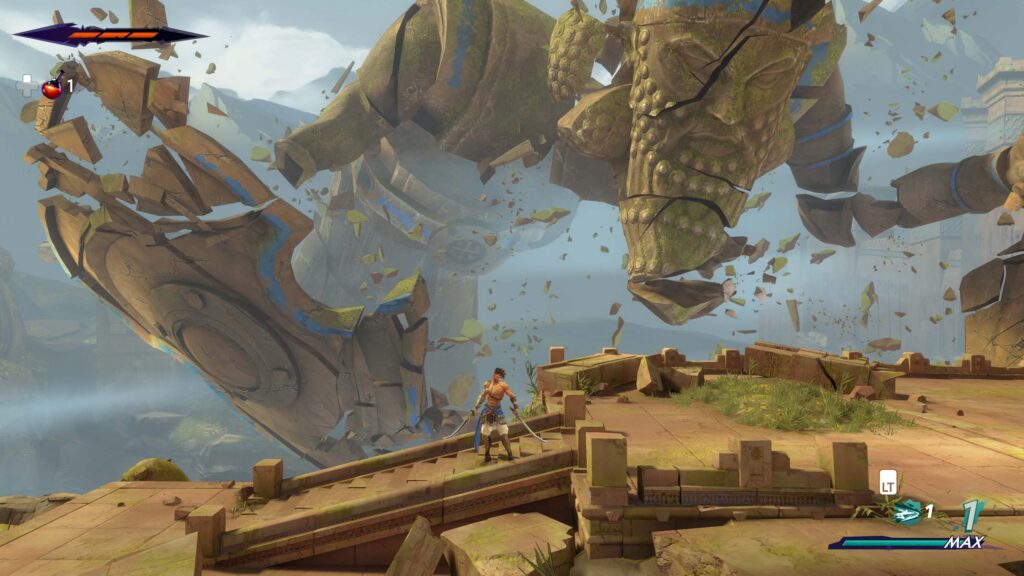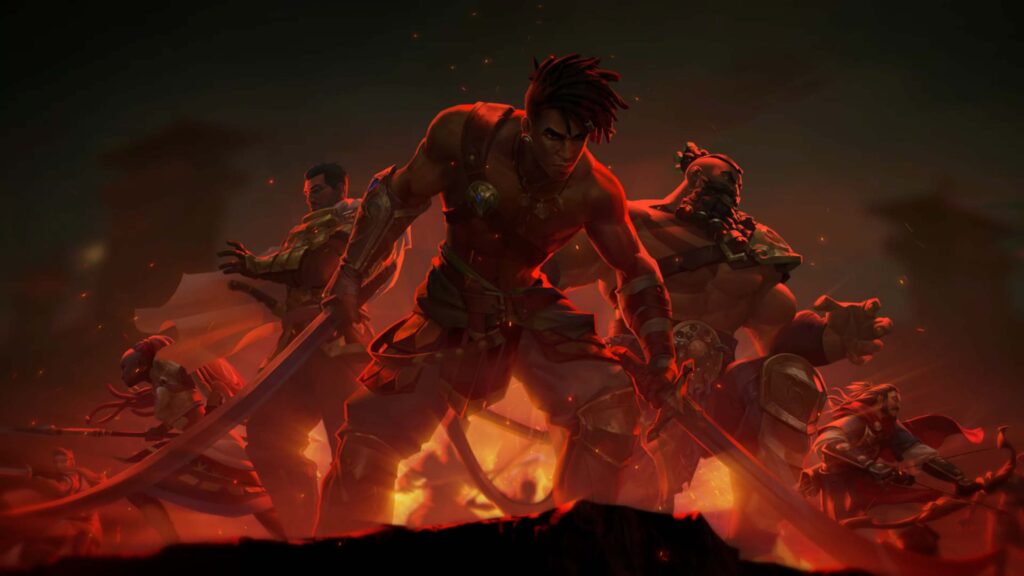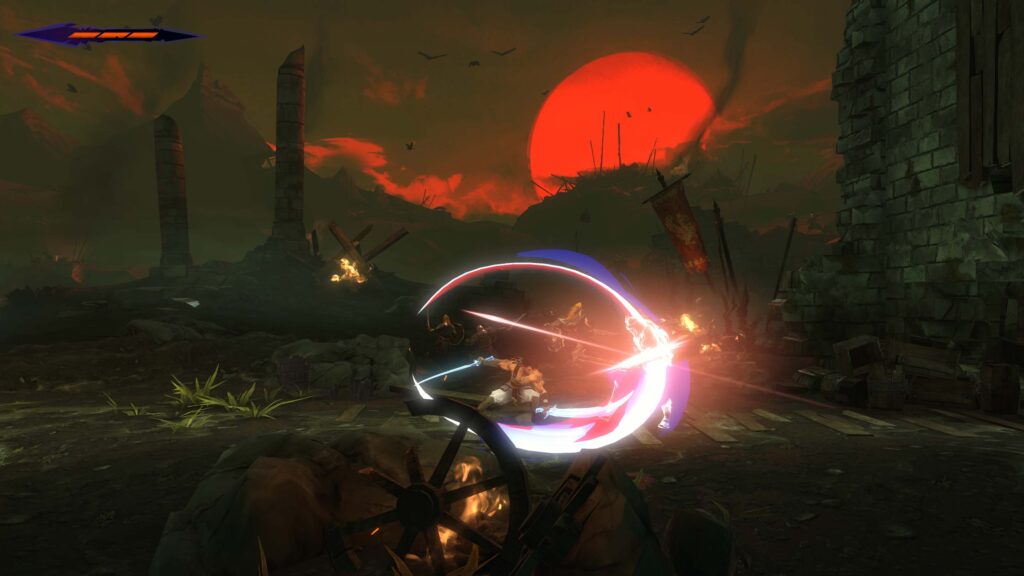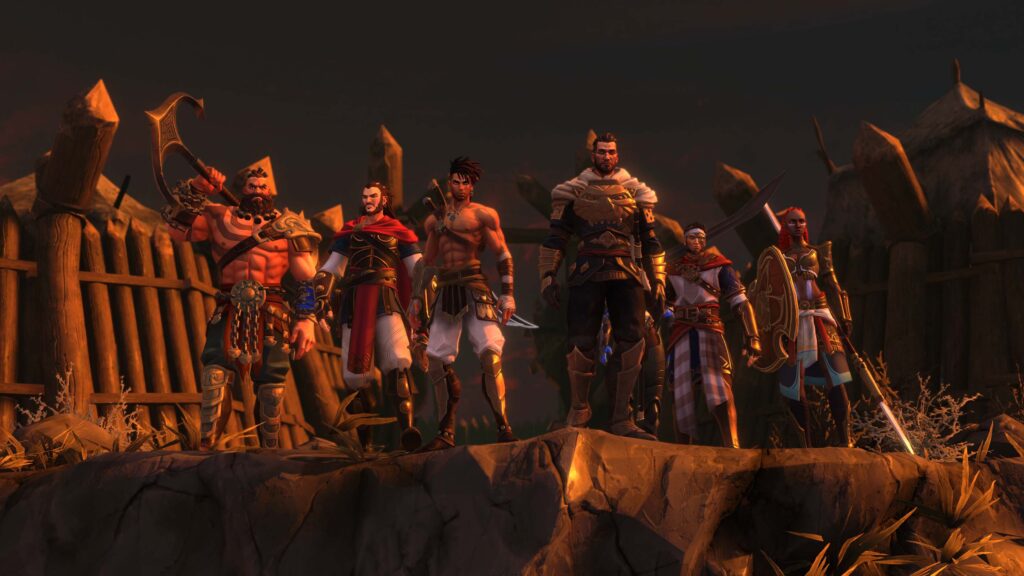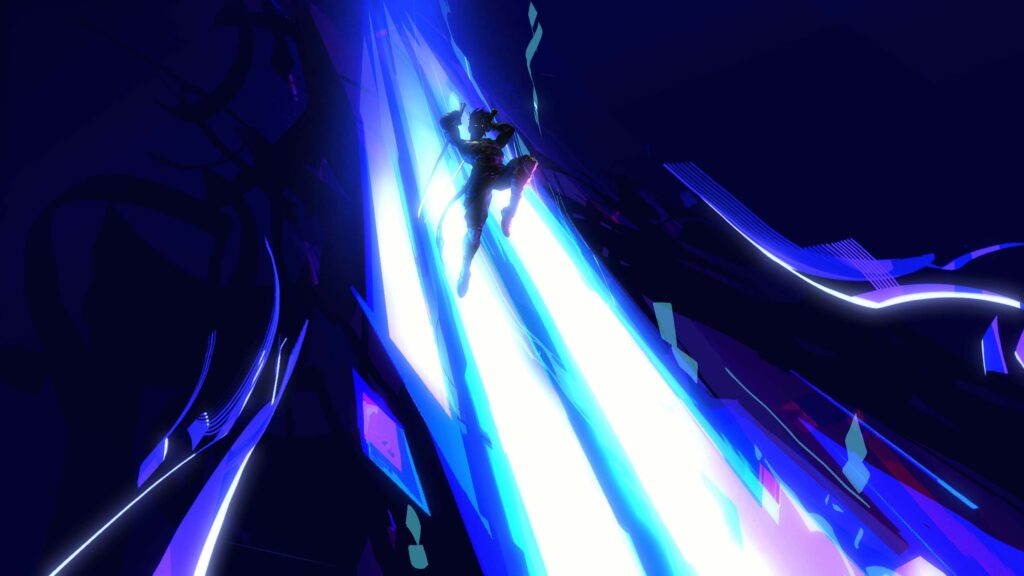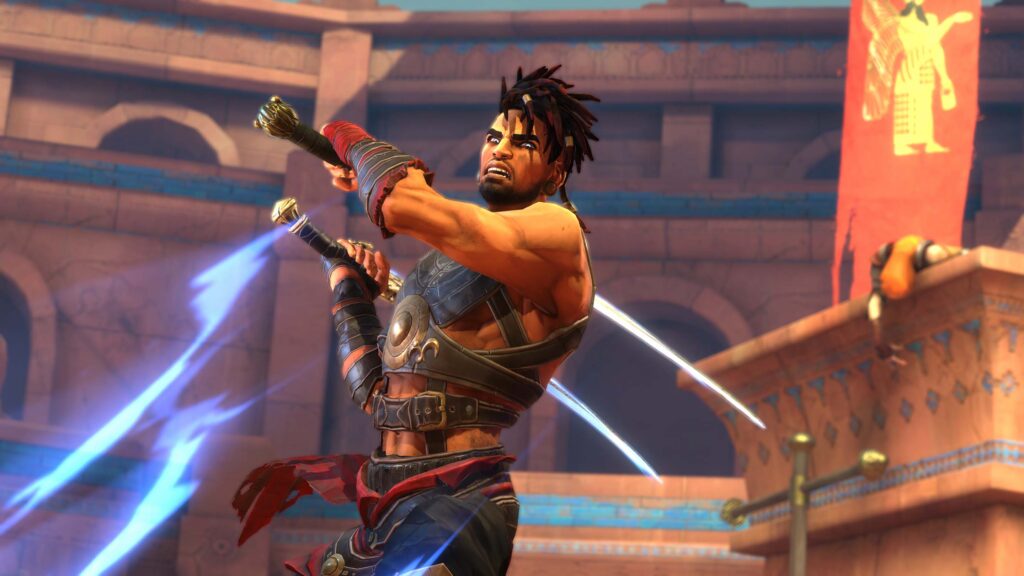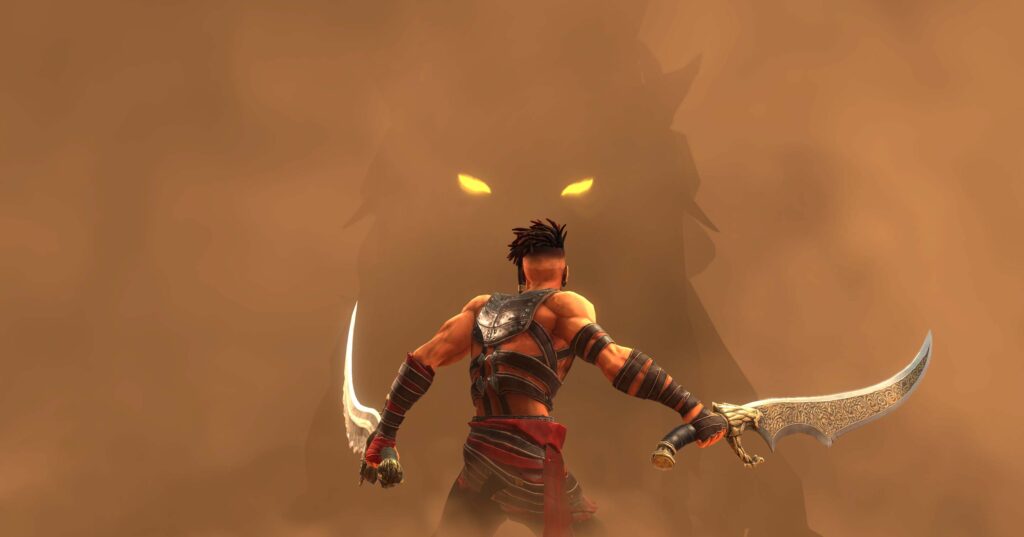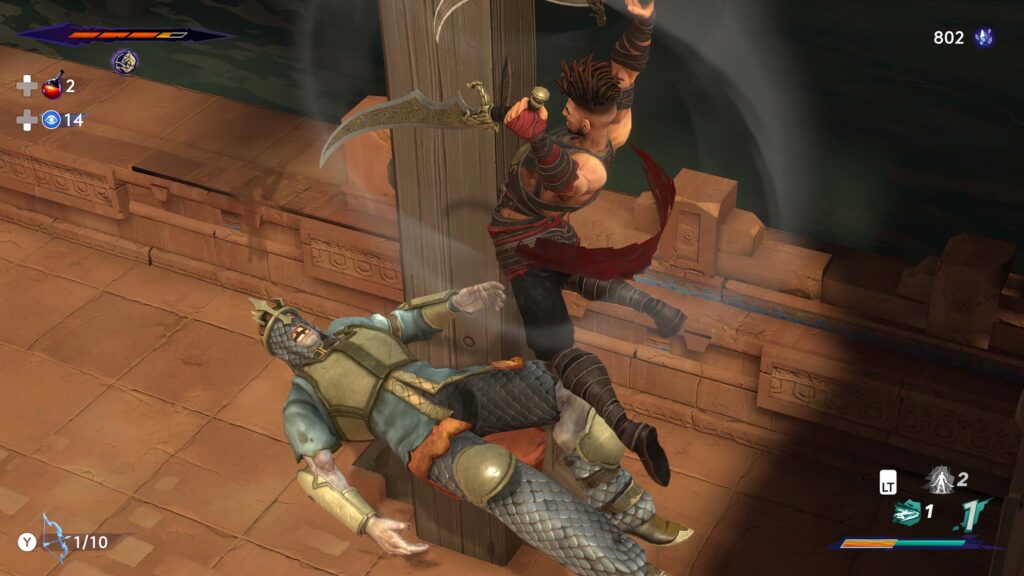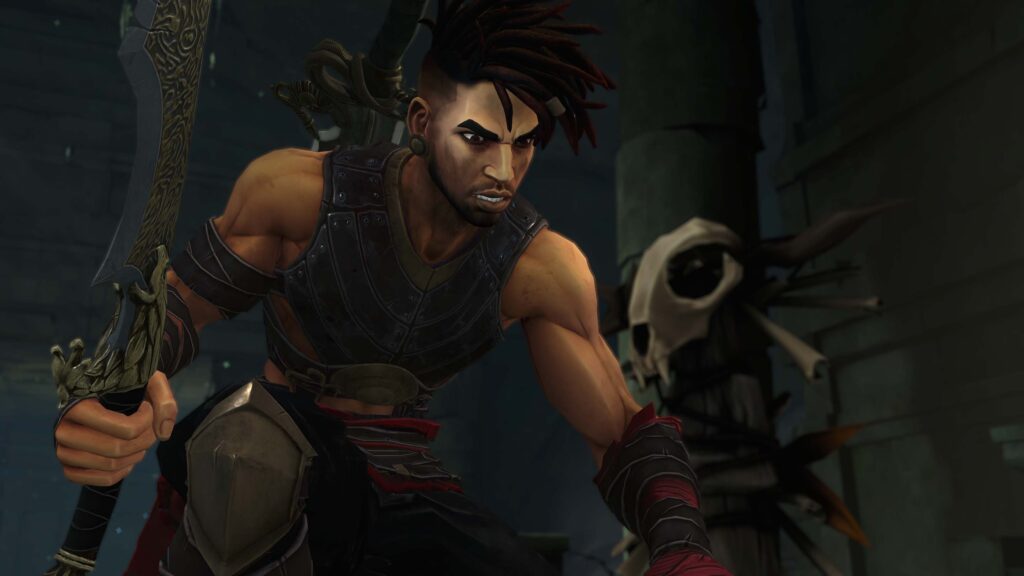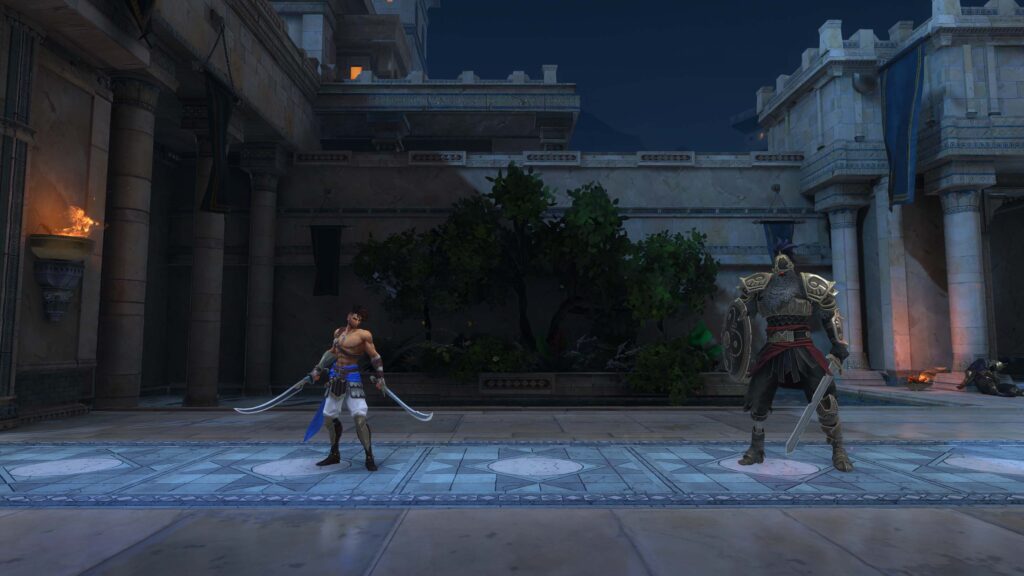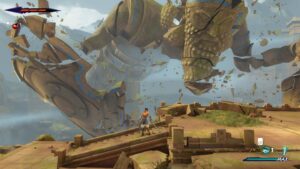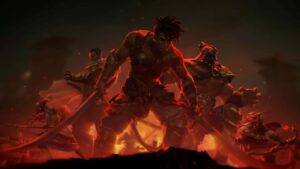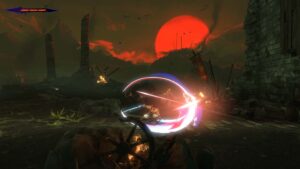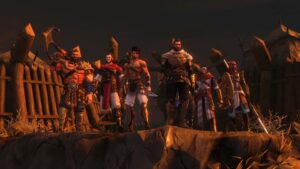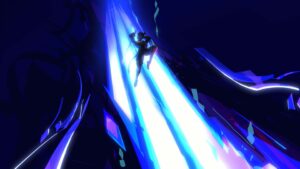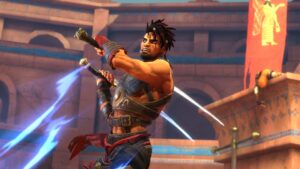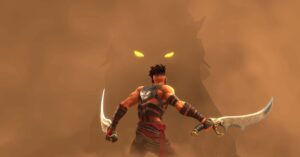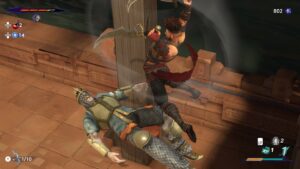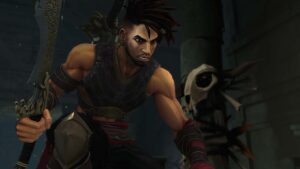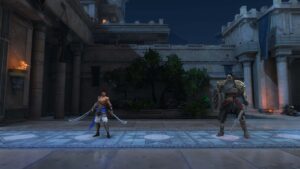Prince of Persia: The Lost Crown proves that an ageing IP can thrive on multiple genre shifts.
Prince of Persia: The Lost Crown review
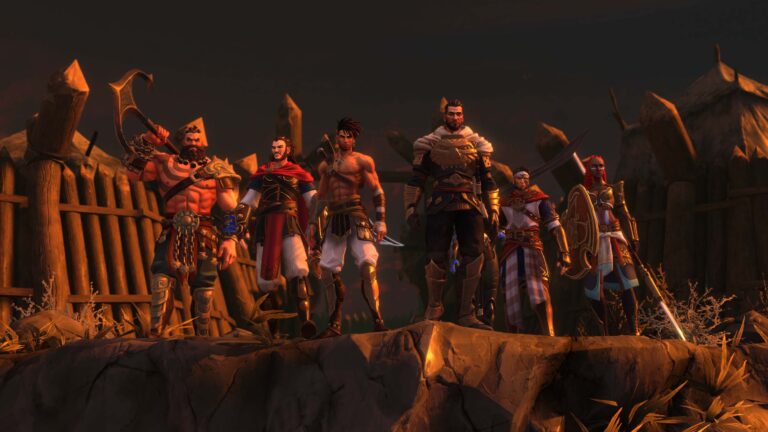
The Prince of Persia series is one of those rare instances of an IP surviving multiple genre shifts. From its basic 2D finish-the-game-in-one-hour speed run to various third-person riffs—some more successful than others—it’s got proven longevity while unashamedly mixing things up.
And now the franchise comes full circle with the ditching of the third-dimensional view albeit with the retention of one of those third-person foray’s fourth dimension. In simpler terms, it’s 2D again with a healthy smattering of time powers akin to the Sands of Time trilogy. But instead of just being a 2D platformer, it’s a compelling Metroidvania that gave me some serious Ori and the Blind Forest vibes in a very, very good way.
For those unfamiliar with the popular Metroidvania label, Prince of Persia: The Lost Crown has one giant map that’s only fully explorable once you’ve unlocked all of the core abilities. The Lost Crown’s best addition to Metroidvania games is a screenshot button (called Memory Shards) that lets you leave an icon on your map to remind you what you were dealing with. The typical roster of map markers is still there for purists, but the Memory Shards addition proved to be a big time-saver in my 20ish hour playing time.
It’s just a shame that Memory Shards aren’t unlimited. You can unlock deeper reserves but considering how many little Metroidvania bits you’ll encounter in the first two-thirds of the game, being able to meaningfully mark everywhere you’ve already tried would be preferable, especially in terms of that all important time-saving front. On that front, The Lost Crown smacks of two steps forward, one step back.
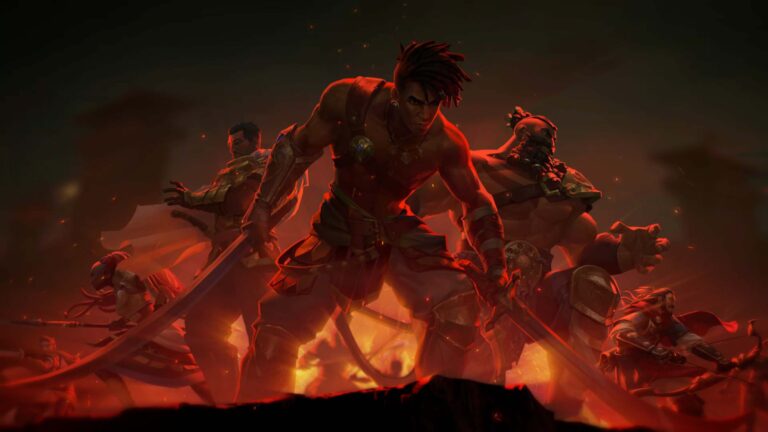
Memory Shards are the step forward but limiting them is one back, which you’ll bemoan if you ever get stuck on where to go next (which I did multiple times). The real kicker in the reversal department, though, is the stinginess of both save-point Wak-Wak Trees and fast-travel points. There are rare instances where Wak-Wak Trees feel appropriately placed, and other times where you’ll lose 15 or so minutes of exploration after an untimely death leads to a respawn at your not-so-nearest save point. While there are a lot of them in the end, it feels like it would’ve been easier to make the Wak-Wak Trees the fast-travel points.
Outside of this time-wasting gripe, The Lost Crown usually does a good job of balancing risk-reward, perpetually tempting you off the main path for potential rewards at the risk of wiping. Sargon, (refreshingly) the not-the-Prince-of-Persia playable character, starts out relatively weak but showcases the real depth of the gameplay as you start to unlock more things. Not just abilities, mind you—which are critical to progressing the main path—but medallion passive abilities that let you steer Sargon towards particular builds.
If, say, you’re like me and love to get in the face of your foes with long melee combos, you can build around that. Alternatively, spec more for range or mix things up as and when required, which is particularly advisable before the boss battles. Those big-red-health-bar fights start off easy enough but there are some real doozies in there, and those aren’t relegated to the end, either. It doesn’t help that I had some frustrating bugs, like a camera that would stay too zoomed in or too zoomed out in two different boss fights, but they’re mostly satisfying affairs and a great test of your combat mettle.
Combat, in general, is an engaging delight. You’ll soon learn the best ways to tackle common foes and quickly realise that one strategy isn’t a kill-all for the wide array of threats. Movement feels great, which means that the platforming puzzles—ranging from basic to cruel—are satisfying to nail: the harder the movement puzzle, the greater the satisfaction. Admittedly, there are some truly frustrating platforming puzzles in the back half of the game that will test your patience.
Exploring new areas was always satisfying—except for the sewers which can go sit in a pool of their own acid—curbed only by the late-game realities of sometimes laborious backtracking just to do more exploring. It’s a compli-sult, really: exploring new areas is such an enjoyable part of the core gameplay loop that revisiting already-conquered areas just to find new spots is frustrating.
I’ve been hanging out for the Sands of Time Remake since its announcement and wasn’t particularly impressed by the initial trailers for The Lost Crown. But now I can’t wait to see where this new iteration of the series goes next and am thoroughly impressed that I’ve already sunk some serious hours into the first great game of 2024.
Beyond just changing the genre though, The Lost Crown also changes up the protagonist and art style. Inside and out, it's a whole new Prince of Persia. Fortunately, what's left at the tail-end of these shifts is probably the best Metroidvania I’ve played since Metroid Dread. The Lost Crown thoughtfully put together in a way that aficionados can appreciate but newcomers will find approachable. Writ large, the adventures is a well-paced one that manages to eke out a satisfying balance between slick platforming and punchy swordplay. There are a few moments where I found myself somewhat stuck or losing traction, but even then the smoothness which which the game runs on even the humble hardware of the Nintendo Switch meant that it was rarely all that long before I found my sense of direction once more.
The Lost Crown might not be the Prince of Persia game that I’ve been waiting for, but it might be the start of something much more exciting. There aren't all that many Metroidvania sidescrollers that get the kind of production value and polish seen here and that you can feel the difference that quality makes every time Sargon glides across the screen. I'll always carry a candle for the Sands of Time trilogy but it really feels like the Prince of Persia series has found itself (and a new path forward) with The Lost Crown .

Related Articles





